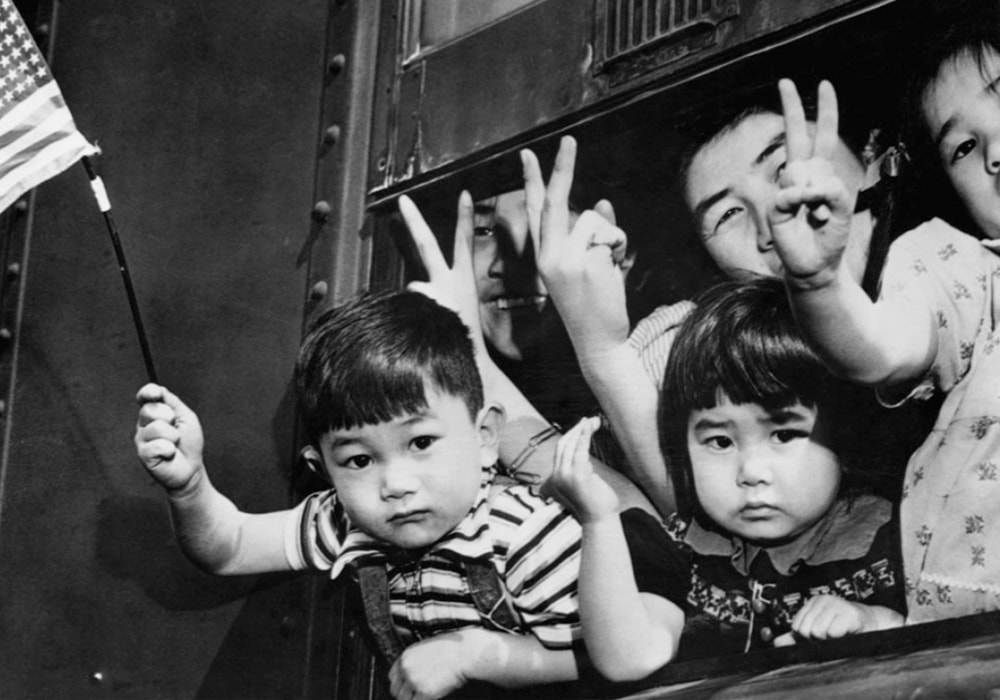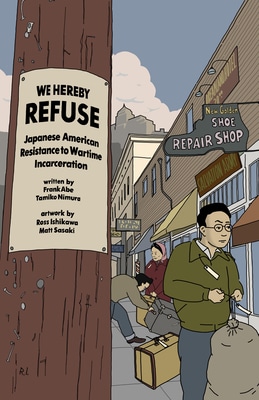Following the Chinese Exclusion Act of 1882, Japanese immigrants came to California in greater numbers. Equal Justice Initative’s Sara Rimer explains in the article “California’s Alien Land Laws”:
Over time, many of these new Asian residents of California had saved enough money to lease, rent, and even buy hard-to-cultivate land that no one else seemed to want. Working from sunup to sundown, they transformed swampland and deserts into vineyards and fields of strawberries, celery, beets, tomatoes, and other vegetables. . . .
But as the fruits and vegetables they produced on a small percentage of the state’s total acreage met a growing consumer demand in Los Angeles and other cities, Japanese farmers came to be viewed by white landowners as an economic threat. Their immigrant success became a tool for white politicians, newspaper publishers, and labor unions intent on whipping up anti-Asian fervor — and ending Japanese immigration.

Japanese farmers and their family members in Palos Verdes Estates, California. Source: Palos Verdes Library District Local History Center Collection / EJI

A flier made by the Japanese Exclusion League of California urging white residents to vote in favor of the amended 1920 Alien Land Law. Source: National Museum of American History / EJI
On May 3, 1913, California enacted the Alien Land Law, which barred Asian immigrants from owning or leasing land. Rimer writes that the “law was tightened in 1920 and 1927 to bar Asian immigrants, their American-born children, and even corporations run by Asian immigrants from leasing and owning land.” These restrictions, and others imposed later, remained in place through both World Wars.
Continue reading the article “California’s Alien Land Laws” by Equal Justice Initative’s Sara Rimer.
Learn more in the video below, created by the Equal Justice Initiative.















Twitter
Google plus
LinkedIn